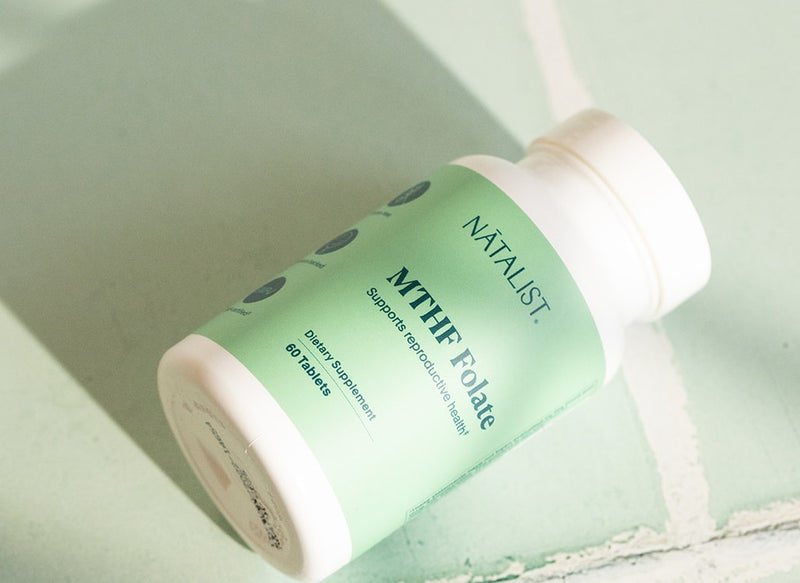Vitamin D2 vs D3: Which is Better?

Originally published 03/17/2021. Updated for accuracy and relevancy on 10/21/2023
There are two main types of vitamin D: D3 (cholecalciferol) and D2 (ergocalciferol). This article reviews the major similarities and differences and discusses which is better.
Vitamin D, the "sunshine vitamin," is a fat-soluble vitamin that is found in some foods, and supplements, and is produced through ultraviolet (UV) rays from the sun. In this article, we will compare these two types of vitamin D to better understand the differences.
Is Vitamin D2 the Same as Vitamin D3?
Vitamin D has two main forms: D2 (ergocalciferol) and D3 (cholecalciferol). While these are both forms of vitamin D, they do differ chemically (as seen below).

Vitamin D3 is mainly found in foods from animal sources (although vegan D3 does exist!), and D2 mainly comes from plant sources and fortified foods. Both forms of vitamin D are well absorbed in the small intestine and convert to the same active forms once inside your body. However, for individuals considering vitamin D supplementation for situations such as vitamin D while breastfeeding, some research indicates that these forms may work in different ways to influence health.
Is Vitamin D2 or D3 Better?
There has been debate regarding which form of vitamin D is better for supplementation, but research has emerged showing D3 is the better option.
In a meta-analysis of seven randomized trials evaluating vitamin D2 vs D3 supplementation, D3 increased vitamin D levels more efficiently than vitamin D2 supplement.1 In addition to vitamin D3 being proven as the more potent form, it has a longer shelf life and doesn't lose its potency as quickly as D2.2,3
Most of the medical community agrees that D3 (cholecalciferol) is preferred over D2 (ergocalciferol) when available.
While some may experience a low vitamin D level, it can be difficult to get the recommended amount of vitamin D through your diet, since few foods naturally contain vitamin D. Since vitamin D2 is cheaper to produce, it's the most common form in fortified food. Fortified food provide most of the vitamin D in American diets, including many milk products which have added vitamin D.
Here are some common foods and their vitamin D content4:
- 1 cup 2% milk, vitamin D fortified = 120 IU
- 3 ounces farmed rainbow trout = 645 IU
- 2 sardines, canned in oil = 46 IU
- ½ cup raw white mushrooms, exposed to UV light = 366 IU
Vitamin D intake through food may not always be enough for adequate vitamin D levels. Many people take a vitamin D supplement to get a vitamin D level boost, especially if they don't have tons of sun exposure.
Why Do Some Doctors Prescribe Vitamin D2 Instead of D3?
People with low vitamin D may require vitamin D supplementation. The dosage to effectively treat vitamin D deficiency depends on the individual and their baseline vitamin D levels and ability to absorb Vitamin D. Many doctors will suggest their patients take an over-the-counter D3 option. However, if your doctor or healthcare provider feels that you need a higher dose than what is available on the shelf, they may prescribe you a vitamin D option with higher dosing.
Vitamin D2 and D3 can both aid in getting sufficient vitamin D levels. But when it comes to vitamin D supplements, emerging research suggests vitamin D3 supplement may be better.
Takeaways
- Vitamin D is an important nutrient for your health.
- There are two main types of vitamin D: D3 (cholecalciferol) and D2 (ergocalciferol).
- Thepreferred type of vitamin D supplement is D3 (cholecalciferol) because it has been shown to be more effective at increasing vitamin D blood levels.
Sources:
- Tripkovic L, Lambert H, Hart K, et al. Comparison of vitamin D2 and vitamin D3 supplementation in raising serum 25-hydroxyvitamin D status: a systematic review and meta-analysis. The American Journal of Clinical Nutrition. 2012;95(6):1357-1364. doi:https://doi.org/10.3945/ajcn.111.031070
- Houghton LA, Vieth R. The case against ergocalciferol (vitamin D2) as a vitamin supplement. The American Journal of Clinical Nutrition. 2006;84(4):694-697. doi:https://doi.org/10.1093/ajcn/84.4.694
- California MS PharmD, PhD Department of Pharmacy Services Alta Bates Summit Medical Center Berkeley. Vitamin D, the “Sunshine” Vitamin. www.uspharmacist.com. https://www.uspharmacist.com/article/vitamin-d-the-sunshine-vitamin
- National Institutes of Health. Vitamin D. Nih.gov. Published 2022. https://ods.od.nih.gov/factsheets/VitaminD-HealthProfessional/
Reach Out, We're Here
Have questions about your order or products? For the speediest answer, check out our FAQ section. Need something else? Come find us below.
Please keep in mind our regular business hours; Monday-Friday, 9am-5pm CT.
Customer Support
support@natalist.com
Press Inquiries
media@everlyhealth.com
Business & Partnerships
team@natalist.com
Affiliates + Influencers
team@natalist.com
Job Openings
Careers Page
























